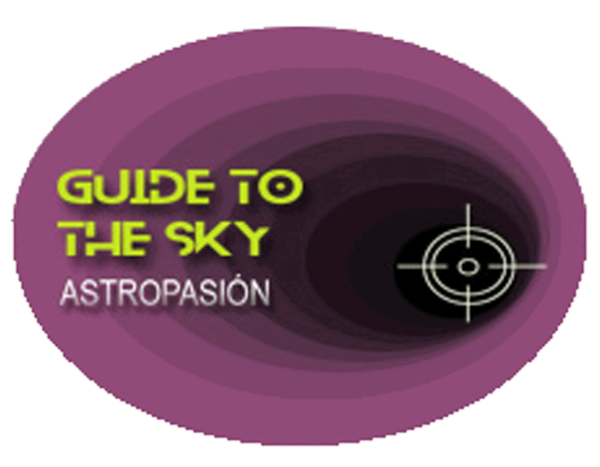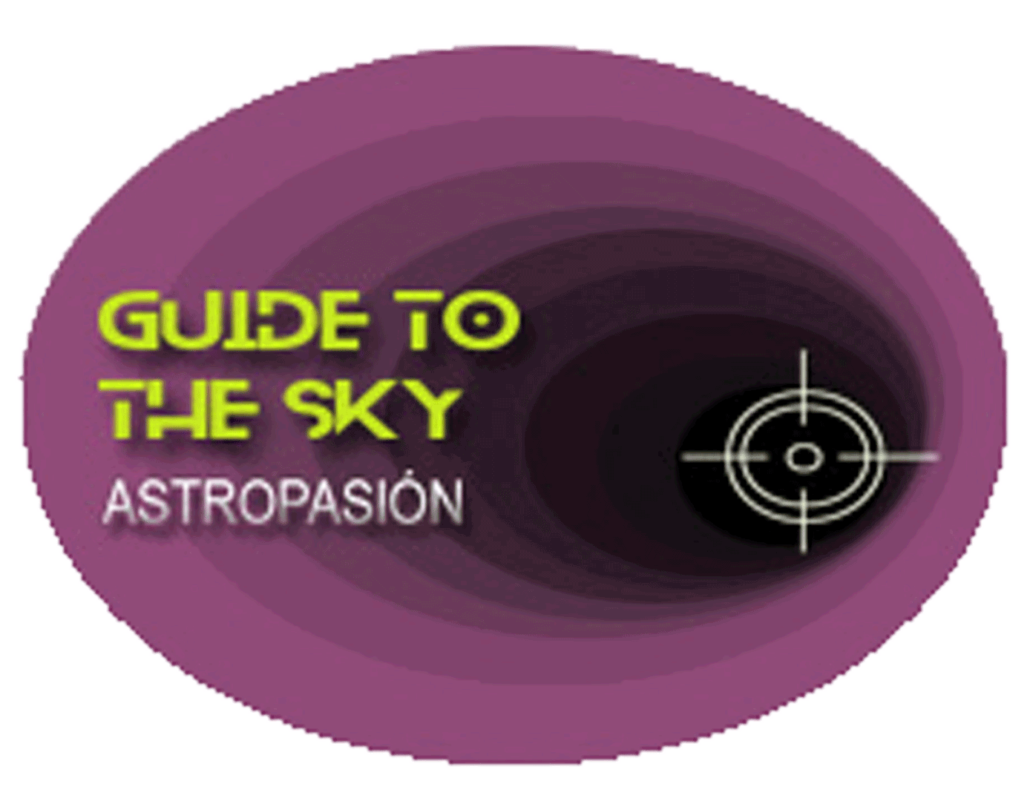Messier 27 - Vulpecula

M29 está a {{ object[0].M27.mesDistances[0].dist }} {{ object[0].M2.mesDistances[0].unit }} y se trata de un objeto brillante, de la 7ª Magnitud.
M27 - Nebulosa Dumbell - en la IA
Messier 27 (M27), also known as the Dumbbell Nebula, is a planetary nebula in the constellation Vulpecula. Here's a breakdown of what makes it interesting:
Key Facts:
- Type: Planetary Nebula
- Constellation: Vulpecula
- Distance: Approximately 1,360 light-years from Earth
- Diameter: Roughly 2.5 light-years across
- Magnitude: 7.5 (fairly bright for a nebula, making it a good target for binoculars and small telescopes under dark skies)
- Designation: M27, NGC 6853
What Makes it Special:
- Bright and Large: The Dumbbell Nebula is one of the brightest and largest planetary nebulae in the sky. This makes it a popular target for amateur astronomers.
- Shape: Its distinctive dumbbell-like (or apple core-like) shape is what gives it its common name.
- Planetary Nebula: It is an example of what happens to a star like our Sun when it nears the end of its life. The star has expelled its outer layers of gas and dust, which are then lit up by the hot, exposed core (a white dwarf) at the center.
- Central Star: The central white dwarf star is faint but can be observed with larger telescopes. It's incredibly hot, with a surface temperature around 85,000 K. This intense heat is what causes the surrounding gas to glow.
- Expanding: The nebula is expanding outward at a rate of several kilometers per second.
- Age: Estimated to be between 3,000 and 14,600 years old. This makes it a relatively "young" planetary nebula.
How to Observe It:
- Location: Vulpecula is located near the brighter constellations Cygnus and Lyra.
- Equipment: Binoculars or a small telescope can reveal the nebula's overall shape. Larger telescopes with filters (like an OIII filter) can enhance the contrast and show more detail in the glowing gas.
- Best Time to View: Late summer and autumn when Vulpecula is high in the night sky.
- Dark Skies: As with most deep-sky objects, M27 is best viewed from a location with minimal light pollution.
In Summary:
Messier 27 (The Dumbbell Nebula) is a beautiful and relatively easy-to-observe planetary nebula. It is a visual reminder of the eventual fate of our own Sun, a glimpse into the future, when it will exhaust its fuel and shed its outer layers into space.
Más información sobre Messier 27 en NASA/IPAC.
Mapa alrededor de Messier 27
Otros identificadores de M27:
"Gaia DR3 1827256624493300096","2MASX J19593637+2243157" ,"PLX 4735" ,"2E 4308" ,"BD+22 3878" ,"CSI+22-19572" ,"GCRV 12336" ,"Hen 2-452" ,"IRAS 19574+2234" ,"M 27" ,"NGC 6853" ,"PK 060-03 1" ,"PK 060-03" ,"PN G060.8-03.6" ,"PN VV' 521" ,"PN VV 246" ,"RE J1959+224" ,"RE J195935+224359" ,"WD 1957+225" ,"PN ARO 14" ,"PLX 4735.00" ,"1RXS J195936.2+224309" ,"2E 1957.4+2235" ,"2EUVE J1959+22.7" ,"EUVE J1959+22.7" ,"RX J1959.6+2243" ,"NAME Diabolo Nebula" ,"NAME Dumbbell Nebula" ,"Gaia DR2 1827256624493300096",

